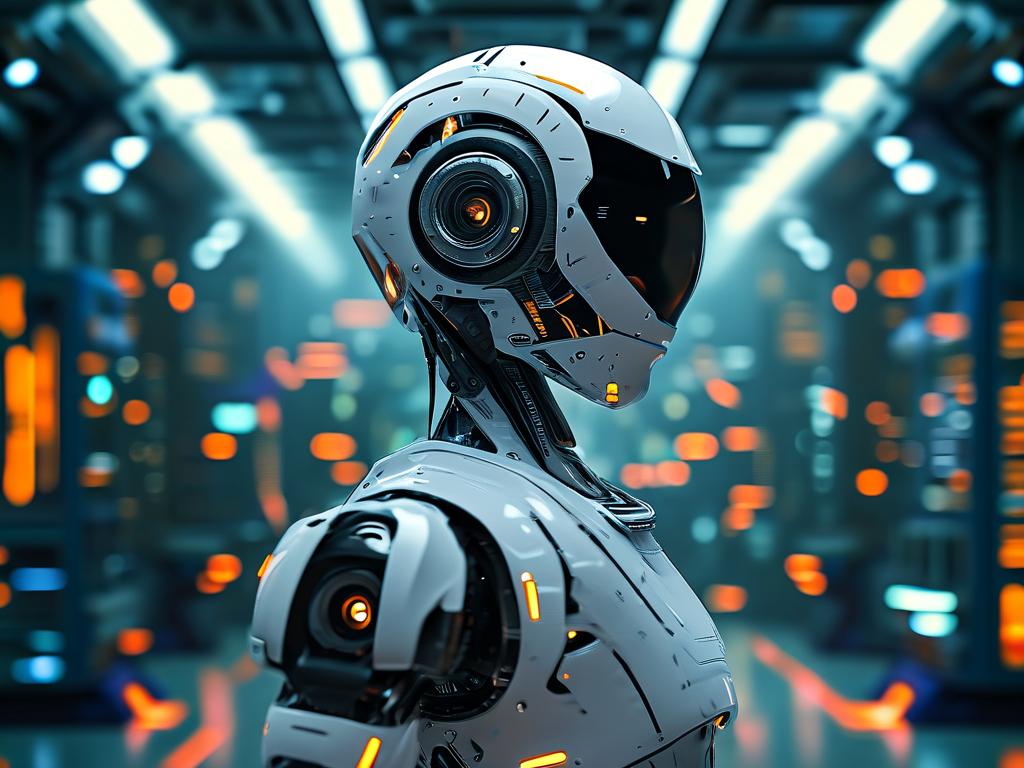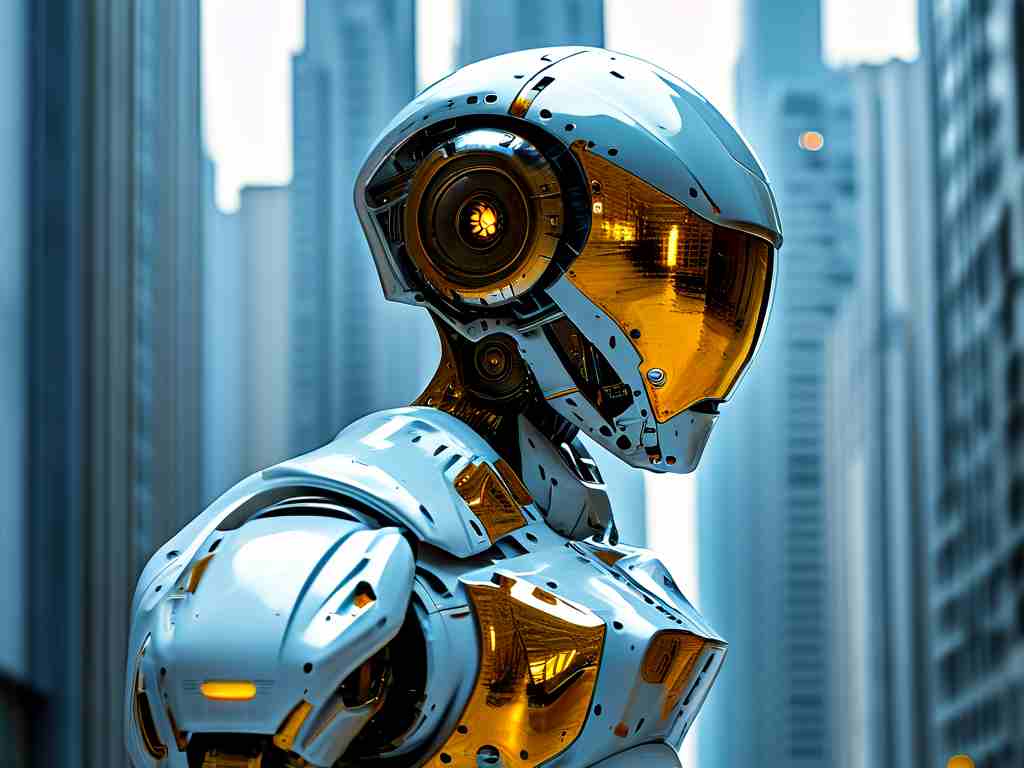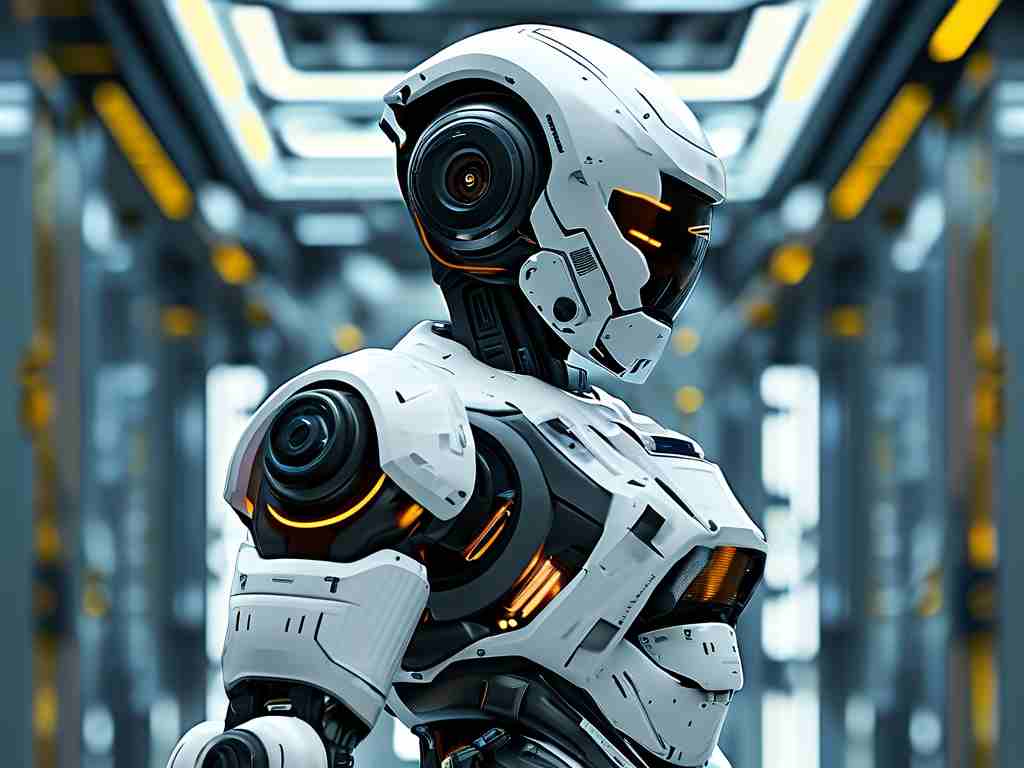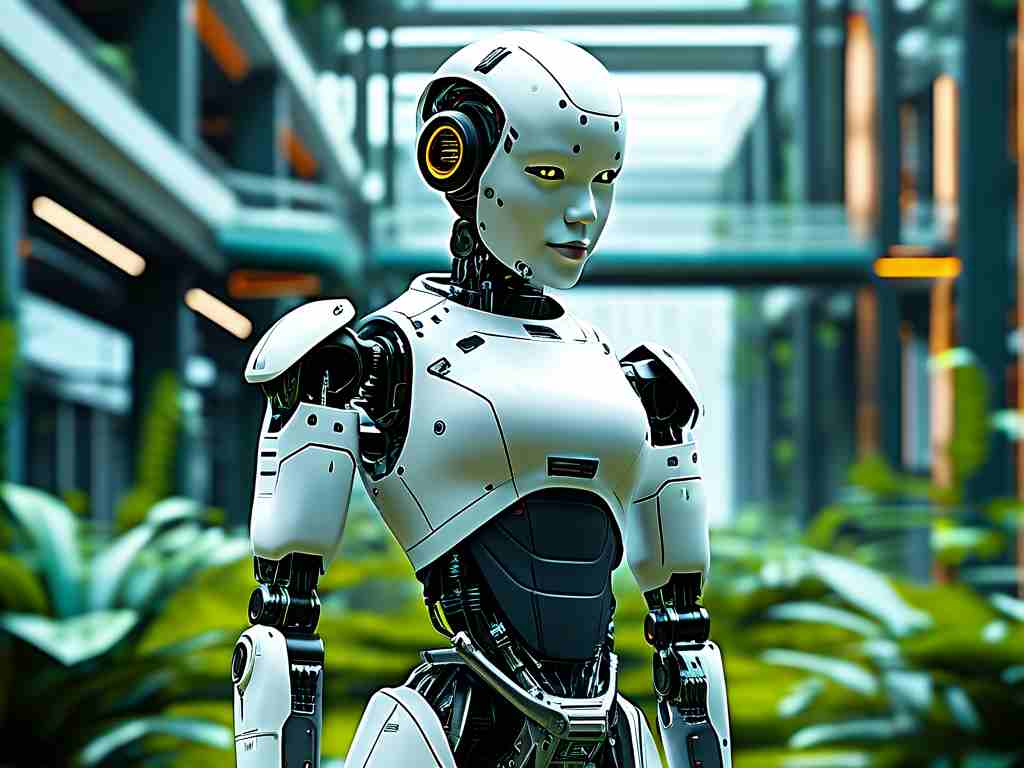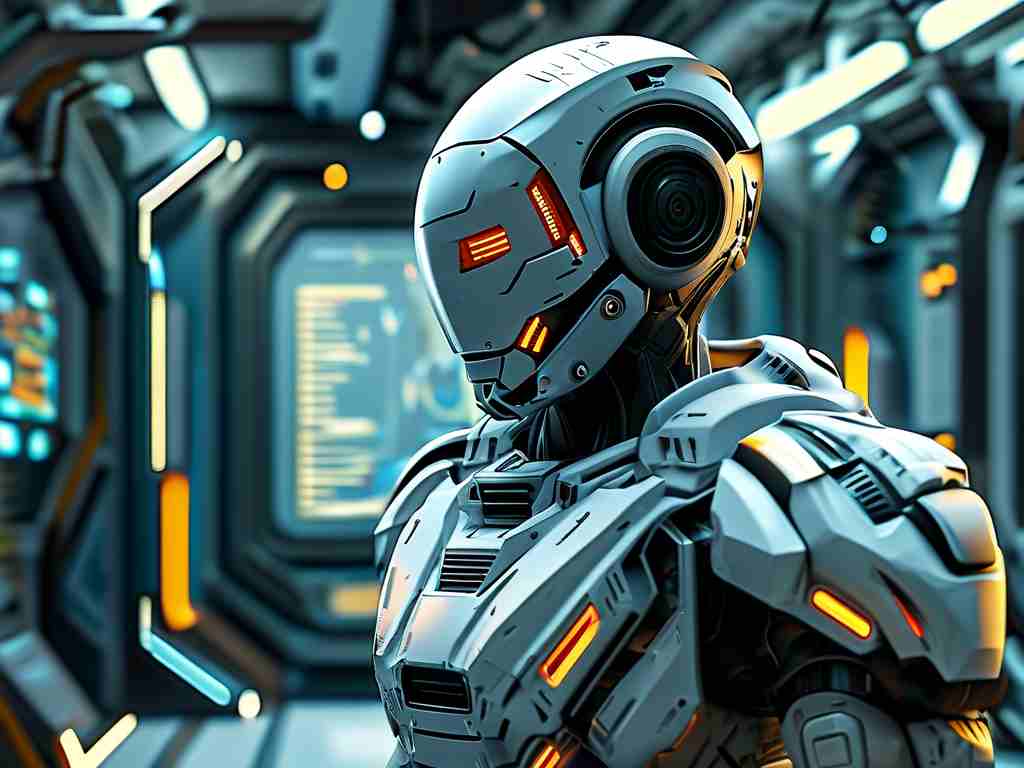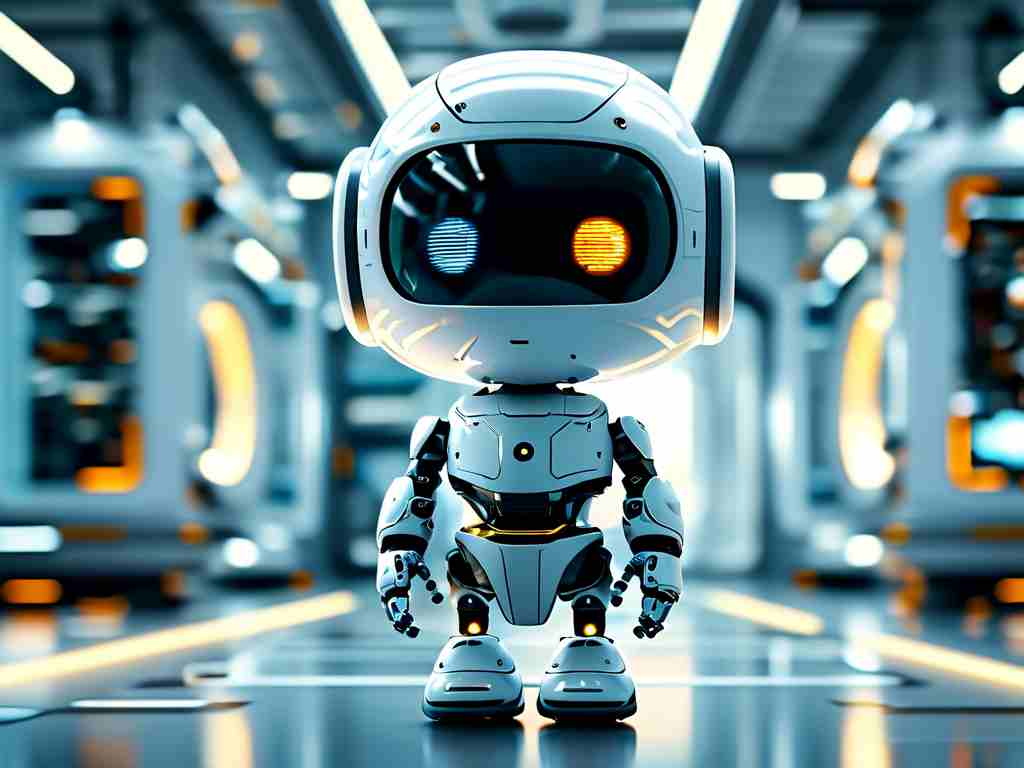The evolution of robotics has entered a transformative phase with breakthroughs in three-core electric systems - power supply, drive control, and energy management. These foundational technologies are reshaping industrial automation, service robotics, and advanced humanoid development through enhanced efficiency and intelligent operations.
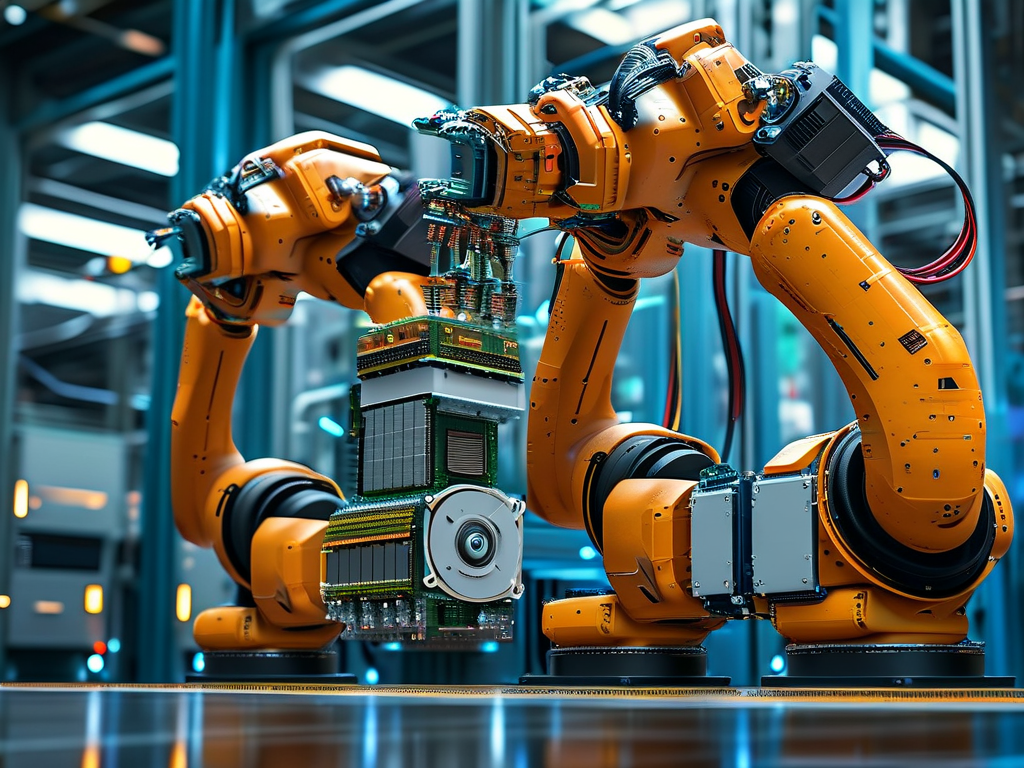
Power System Innovations
Modern robotic power systems have transitioned from conventional battery architectures to hybrid energy solutions. Leading manufacturers now integrate lithium-sulfur batteries with supercapacitors, achieving 40% greater energy density compared to traditional lithium-ion configurations. The JDX-5 robotic platform demonstrates this advancement, operating continuously for 18 hours in warehouse logistics applications through its adaptive power allocation system.
Precision Drive Control
The emergence of silicon carbide (SiC) semiconductors has revolutionized motor drive technology. These components enable 98.6% energy conversion efficiency in robotic joints while reducing heat generation by 62%. Collaborative robots like the Kuka LBR iisy now utilize self-tuning algorithms that automatically adjust torque parameters based on load detection, achieving positioning accuracy within 0.02mm during high-speed assembly tasks.
Energy Management Architecture
Third-generation energy management systems incorporate predictive consumption models and wireless charging compatibility. The AutoRegulate 3.0 platform exemplifies this progress, using machine learning to analyze operational patterns and optimize power distribution. Field tests in automotive manufacturing plants show 28% energy savings through dynamic voltage scaling and task-specific power allocation.
Industrial Implementation Cases
- Automotive welding robots now complete 22% more seams per charge cycle through regenerative braking systems
- Medical exoskeletons achieve 15-hour operational capacity using modular battery swaps
- Agricultural drones have extended flight durations by 35% with solar-assisted charging
Technical Challenges
Current research focuses on overcoming three primary limitations: thermal management in high-density battery packs, electromagnetic interference in compact drive systems, and voltage stabilization during rapid charge-discharge cycles. The RoboPower 2025 initiative proposes liquid-cooled battery modules and graphene-based capacitors as potential solutions.
Future Development Trends
Industry analysts predict three key directions for 2026-2030:
- Widespread adoption of solid-state batteries in commercial robotics
- Integration of wireless power transfer systems in production environments
- Development of self-diagnostic power modules with embedded sensors
The convergence of these electric technologies is enabling unprecedented robotic capabilities. Boston Dynamics' latest Atlas prototype demonstrates this synergy, performing complex maneuvers through optimized power distribution and adaptive motor control. As these systems mature, they will fundamentally transform robotic applications across industries while establishing new standards for energy efficiency and operational reliability.
Environmental Impact Considerations
With global focus on sustainable technology, manufacturers are implementing circular economy principles in robotic power systems. The EU-funded ReBot program has developed 92% recyclable battery units and energy recovery systems that convert braking force into recharge capacity. These innovations align with international carbon neutrality goals while reducing lifecycle costs.
The continuous refinement of three-core electric technologies represents both a technical milestone and a strategic imperative for robotics development. As these systems achieve greater integration with AI and IoT platforms, they will unlock new frontiers in autonomous operations and human-robot collaboration. Enterprises adopting these advancements now position themselves at the forefront of the fourth industrial revolution.


